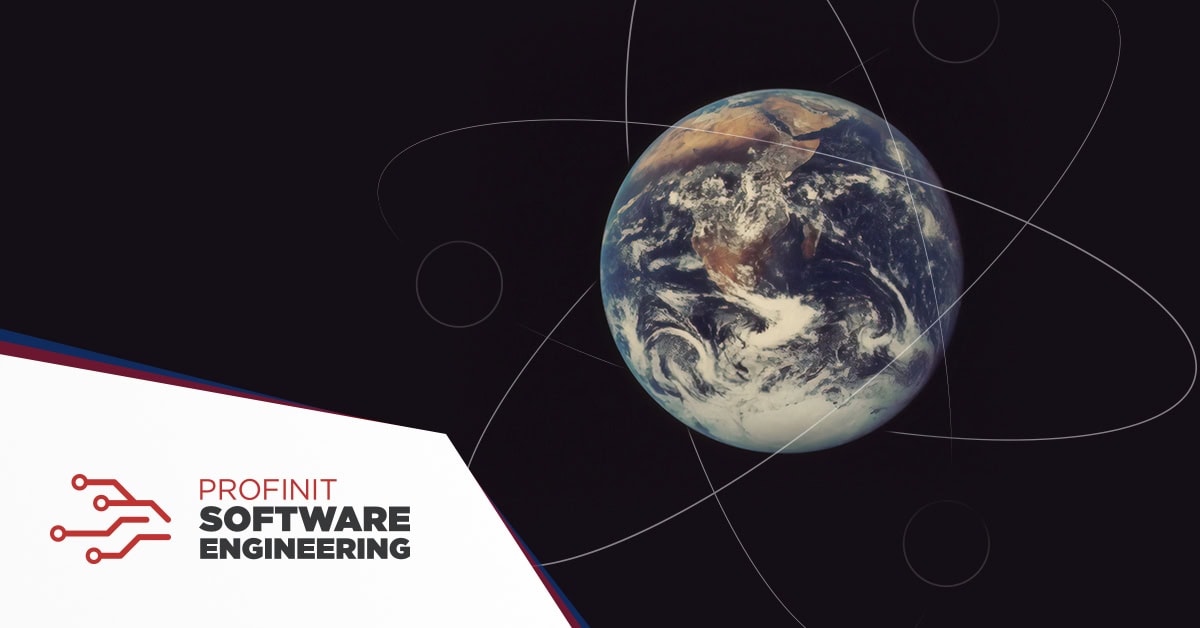According to a quote attributed to American poet Muriel Rukeyser, “the universe is made of stories, not of atoms.” Perhaps surprisingly, this opinion is supported by astrophysicist Brian Greene in his recent book Until the End of Time. While our “objective” external world really seems to be composed of infinite moves and re-combinations of elementary particles—which can be seen as something like a product of a highly-dynamic version of a Lego kit—the internal worlds in our minds are in fact woven from stories.

Greene also quotes another American writer, Joyce Carol Oates, according to whom reading a story is “the sole means by which we slip, involuntarily, often helplessly, into another’s skin, another’s voice, another’s soul.”
As what I do for a living is information management, I quite often ask what the minimum information necessary to meet a business goal is. (Quite often, just due to such elementary reasons as to save disk array space and avoid unnecessary costs for excessive processing of “redundant” data.)
Minimum information is—according to information theory—defined quite simply as the smallest number of bits (decisions yes or no, left or right, 0 or 1, etc.) necessary for a specific purpose. For example, to solve a triangle, you have to know either the length of one side and two angles or the lengths of two sides and one angle or the lengths of all three sides. These three facts represent the minimum information necessary to ultimately describe a triangle. Each triangle then also bears derived information about all three of its sides and all three angles (so some of this information is derived and “redundant”).
If we only know the length of one side and one angle of the triangle, we do not have complete information and we do not know which particular triangle out of an indefinite set of all such possible triangles we are talking about. In this case, we have less than the minimum information. There is “no way” to get by without the minimum information.
The term “information paradox” comes from physics. It describes a situation where all information is irrevocably lost when it falls behind a so-called “event horizon” of a black hole (no matter if black holes are still only scientifically hypothetical objects). Black holes that swallow matter equal to even, let’s say, millions of our Suns together of all the information of positions and momentums of all its particles are determined by only three values: the total volume of its mass, momentum and electric charge (plus, of course, its relative position in spacetime). Imagine planet Earth falling into a black hole and all the information—everything on all hard drives, in all books, in all libraries, etc.—is lost and replaced by only three numbers…
My older daughter digests stories written in books or shown in movies, TV series, theatre plays and so on. There are also stories written cooperatively by communities on social networks. They have sophisticated structures that combine written text with movies and the worlds of computer games to create virtual many-worlds. (Do not be scared, and do not hesitate to ask your kids for details.) From time to time she tries to explain some of the background of such stories. I can never understand even the basic plot. After a while, I am overwhelmed by the numbers of facts about characters, their mutual relations, the many worlds which they inhabit, etc. In the words of an information theorist: an enormous transfer of data, but the amount of information conveyed converges to zero.
Last time, she told me about a story that is told in three short 20–30 minute long videos shared on a social network. (Just to help you better imagine it, two of these videos are with human actors and the last one is a cartoon.) But what is interesting is that along with these basic videos, there are tons of other long videos created by the community to explain and interpret the complex, multi-layered allegorical story told by the original three short videos. This means that the economically brief information in the first three videos is equivalent to many hours of explanations. The first short videos tell the authentic story while the long videos are complicated, hard to digest and “literal”. Anyway, it is believed that to get all the information, one has to consume all those hours of explanations, but some viewers can understand the full complexity of the story by watching only those three short basic videos.
I believe that what this means is that storytelling may be a unique way to break (the lower limit of) the spell of minimum information. So, I can tell a short story by, for example, writing a short tale (if I could write tales) saved in few kilobytes in a text file on my computer, and it would be possible to expect that I have managed to convey the full complexity of my thoughts including a big part of my inner world, maybe even covering an archetypal experience. Is it a mystery? Magic? Information paradox? Or is it a natural law of our world?
—
Note 1: Generally, what I have written about stories can also be applied to other art forms such as music. For example, let’s see how big a disproportion there is between the number of bytes needed to store a music notation of Beethoven’s Ninth Symphony compared to the complex and elusive enjoyment that can be experienced by listeners.
Note 2: I will try to solve this information “mystery” in my next article about information context (although part of me hopes that I will not succeed and the magic will continue to elude us).
Information Management Advisor

